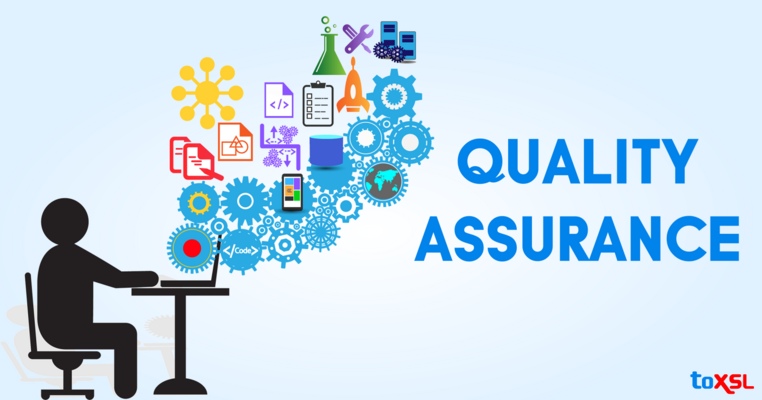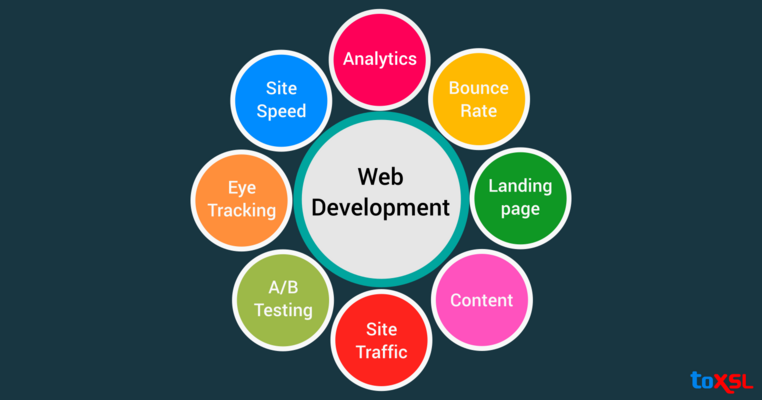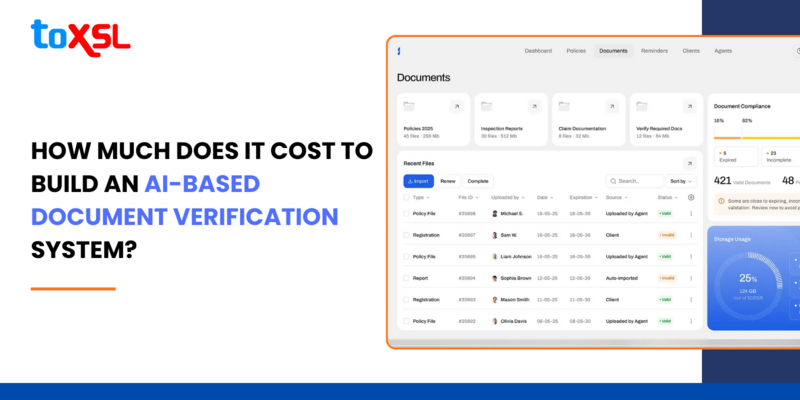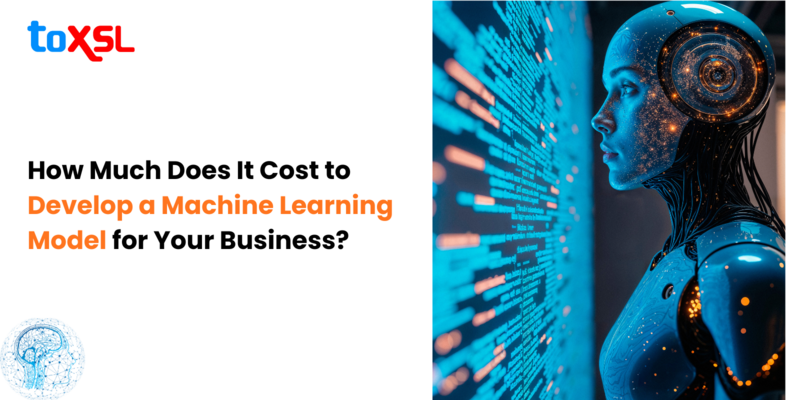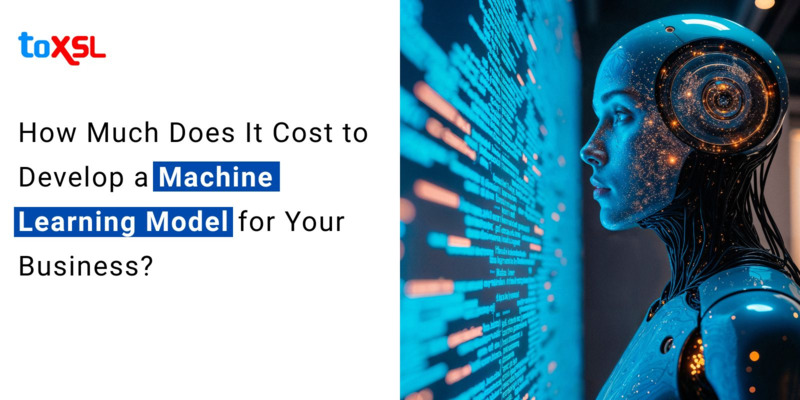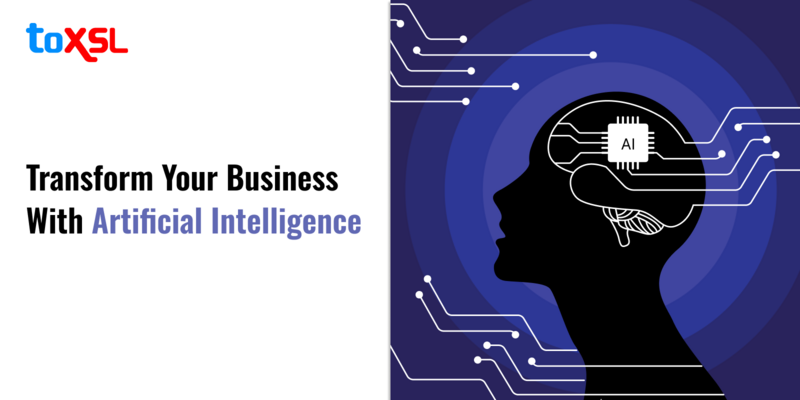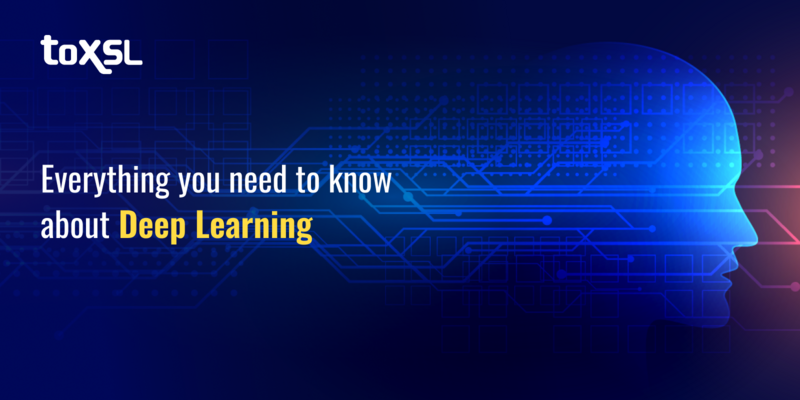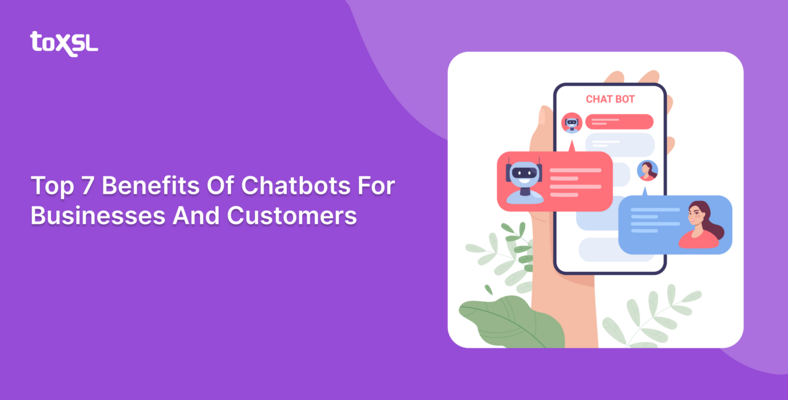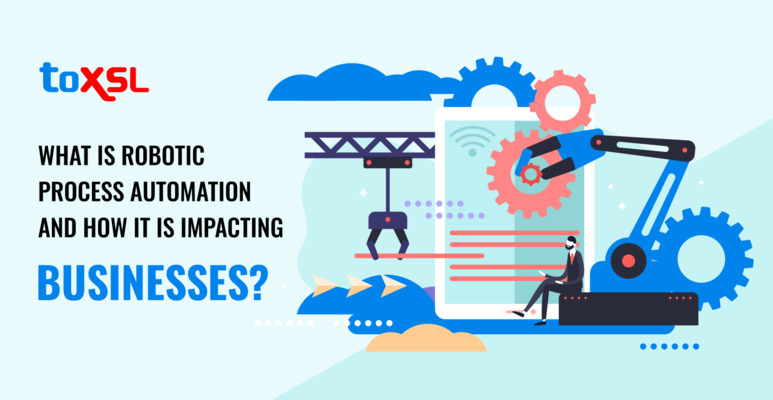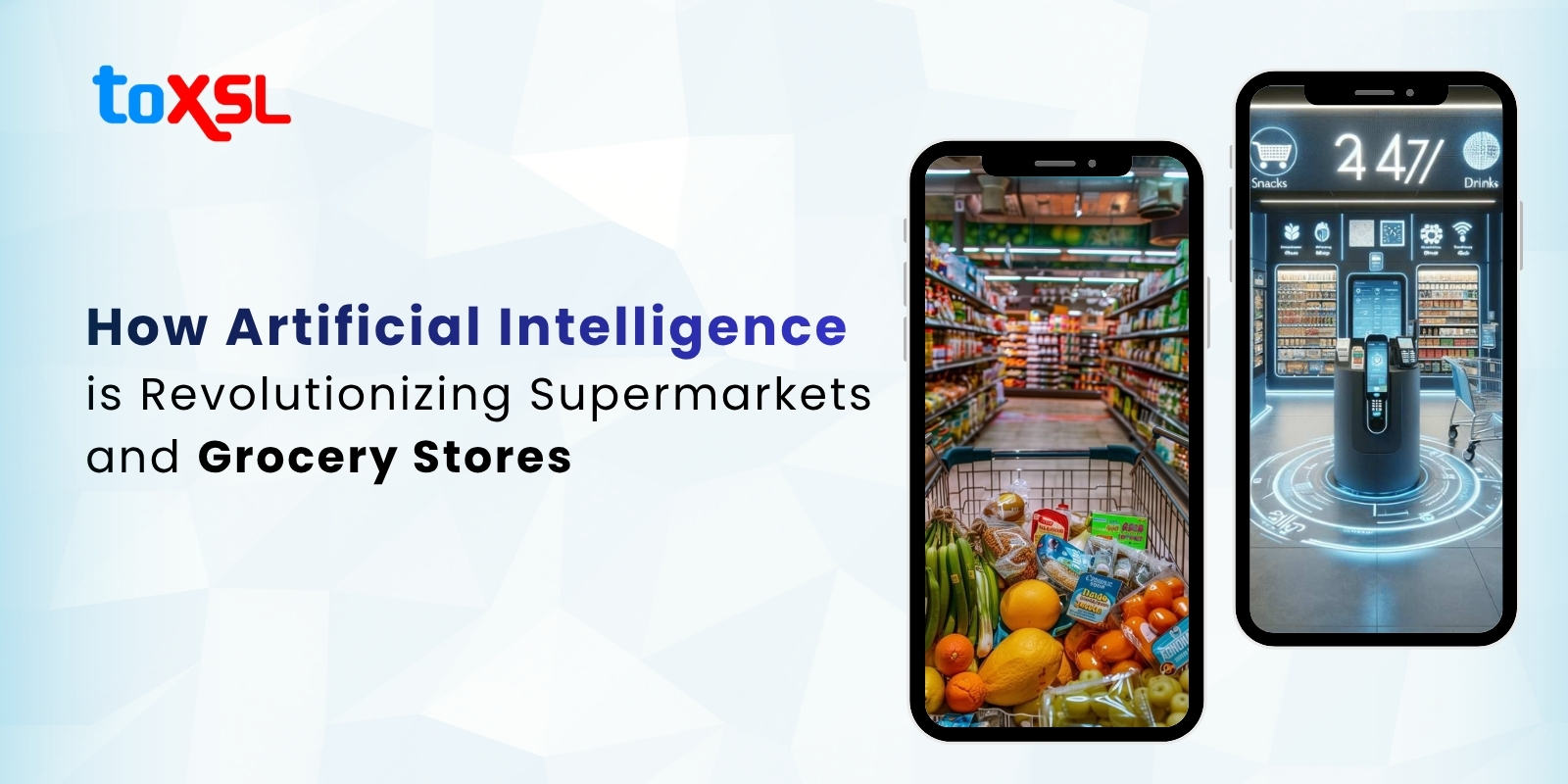
The global retail landscape is changing faster than ever before, and the revolution is being led by Artificial Intelligence (AI). Among all retail sectors, Supermarkets and Grocery Stores are witnessing the most profound transformation. Once dependent on manual labor and traditional processes, these stores are now embracing automation, analytics, and machine learning to deliver efficiency, accuracy, and a superior shopping experience.
According to a report by Statista, the global AI in retail market is expected to surpass USD 55 billion by 2030, growing at a CAGR of over 30%. This tremendous growth highlights how AI is becoming the backbone of modern retail management. From predictive inventory systems and dynamic pricing to cashier-less checkouts and personalized marketing, Supermarkets and Grocery Stores with AI are reshaping how the world shops for daily essentials.
At ToXSL Technologies, we believe AI is not just an innovation it’s a retail necessity. Our AI-driven retail solutions are empowering supermarkets and grocery businesses to automate workflows, understand customer behavior, and improve profit margins.
Let’s dive deeper into how Grocery Stores with AI are transforming the way retail operates today.
Key Takeaways
AI is revolutionizing Supermarkets and Grocery Stores by automating inventory, checkout, and customer engagement.
Supermarkets and Grocery Stores with AI are achieving higher efficiency, lower waste, and better customer retention.
Predictive analytics, computer vision, and machine learning form the backbone of Grocery Stores with AI.
AI’s role in sustainability is growing it’s helping retailers minimize waste and energy consumption.
Partnering with experts like ToXSL Technologies ensures smooth integration and maximum ROI from AI investments.
Understanding the Role of AI in Supermarkets and Grocery Stores
Artificial Intelligence enables machines to perform human-like tasks such as learning, reasoning, and decision-making. In Supermarkets and Grocery Stores, AI utilizes data collected from customer transactions, product movement, sensors, and online interactions to optimize every process.
From predicting what customers will buy next to tracking shelf availability and reducing waste, AI algorithms continuously learn from real-time data to make smarter business decisions.
In short, AI helps retailers answer three critical questions:
What should we stock and when?
Who are our customers and what do they want?
How can we operate more efficiently and profitably?
This data-driven approach empowers businesses to minimize costs, improve supply chain accuracy, and enhance customer satisfaction making Supermarkets and Grocery Stores with AI more agile, intelligent, and future-ready.
How AI Works in Supermarkets and Grocery Stores
To understand the real power of AI, it’s important to know how it functions within retail systems. AI integrates with multiple technologies and data sources across the store to automate and optimize operations.

Data Collection
Every transaction, product scan, and customer interaction generates valuable data. AI systems collect and analyze this data from:
Point-of-Sale (POS) Systems: Capture detailed transaction data such as product type, quantity, price, and time of purchase. This helps identify sales trends and customer preferences.
Loyalty Cards and Mobile Apps: Record individual shopping histories, frequency, and spending habits—enabling personalized offers and promotions.
In-Store Sensors and Cameras: Monitor customer foot traffic, shelf engagement, and stock levels using computer vision and IoT technology.
Online Shopping Platforms: Track browsing behavior, product searches, and digital cart data to understand e-commerce demand patterns.
External Data Sources: Weather forecasts, social media trends, and local events are integrated to predict demand surges or seasonal changes.
Machine Learning Models
Once data is collected, machine learning algorithms process it to identify patterns and predict outcomes. For instance:
Demand Forecasting: Predicts which products will sell out soon based on historical data, seasonality, and external factors like holidays or weather.
Customer Segmentation: Analyzes shopping behaviors across demographics, such as age, region, or lifestyle, to personalize marketing and product placement.
Inventory Optimization: Suggests the best reorder levels for each product, ensuring availability while minimizing overstock and waste.
Product Recommendation Systems: Uses predictive analytics to recommend complementary items (e.g., suggesting bread when a customer buys butter).
Dynamic Pricing Models: Continuously analyze competitor pricing and real-time demand to automatically adjust prices for profitability and competitiveness.
Real-Time Decision Making
AI systems use insights to make instant decisions. Examples include:
Automated Price Updates: AI-powered systems can adjust prices dynamically across all channels to match market trends or clear expiring stock.
Smart Stock Alerts: When sensors detect low inventory on shelves, AI instantly notifies staff or triggers automated reorders from the warehouse.
Personalized Customer Recommendations: In real time, AI suggests products online or via in-store displays based on current shopping behavior or past purchases.
Queue Management: Cameras and sensors monitor checkout lines, prompting staff to open new counters when queues exceed a threshold.
Energy and Operations Management: AI can optimize lighting, refrigeration, and energy use based on store traffic patterns reducing costs and environmental impact.
Automation and Implementation
AI tools integrate seamlessly with ERP systems, IoT sensors, and CRM platforms, allowing supermarkets to automate tasks like billing, restocking, and customer communication creating a truly connected retail ecosystem.
Key Features of Supermarkets and Grocery Stores with AI
AI is not a single tool—it’s an ecosystem of multiple intelligent technologies that work together. Here are the most impactful features driving Grocery Stores with AI today.
No. | AI Feature | Description / Key Benefits |
|---|
1 | Predictive Inventory Management | Uses AI to forecast demand by analyzing historical sales, weather data, and local events. Helps ensure optimal stock levels—minimizing shortages and reducing waste, especially for perishable goods. |
2 | Smart Shelves and Real-Time Monitoring | Employs AI-powered cameras and sensors to track shelf stock, identify misplaced or low-stock items, and alert staff in real time—improving shelf availability and in-store efficiency. |
3 | Cashier-less and Smart Checkout Systems | Utilizes computer vision, RFID, and AI algorithms to allow customers to check out automatically—reducing wait times, improving convenience, and lowering labor costs. |
4 | Personalized Shopping Experiences | Analyzes shopping behavior and preferences to recommend products, promotions, and meal ideas—enhancing customer satisfaction and driving repeat purchases. |
5 | Dynamic Pricing Optimization | Continuously adjusts product prices using AI models that monitor competitor pricing, product demand, and shelf life—maximizing sales and profitability. |
6 | AI Chatbots and Virtual Assistants | Integrated into grocery apps and websites to provide 24/7 customer support—answering questions, tracking orders, and offering personalized shopping or recipe suggestions. |
7 | Supply Chain Optimization | Streamlines logistics using AI-driven forecasting, warehouse automation, and route optimization—reducing delivery time, costs, and stockouts. |
8 | Waste Reduction and Sustainability | Improves demand prediction and inventory control to minimize food spoilage and overstocking—supporting eco-friendly, sustainable retail operations. |
Cost of Implementing AI in Supermarkets and Grocery Stores
Artificial Intelligence (AI) is transforming how supermarkets and grocery stores operate from automating inventory to enhancing customer experiences. However, adopting AI requires both technological investment and strategic planning. The cost varies based on the size of the store, level of automation, and chosen AI solutions.
Category | AI Applications | Estimated Cost Range (USD) | Cost Factors / Notes |
|---|---|---|---|
AI Infrastructure Setup | Hardware (sensors, cameras, servers), cloud computing platforms | $10,000 – $20,000+ | Depends on store size, number of locations, and data storage requirements. |
Predictive Inventory & Demand Forecasting Systems | Machine learning software, data integration tools | $20,000 – $30,000 | Requires data cleaning, model training, and ongoing updates. |
Smart Shelves & Real-Time Monitoring | Shelf sensors, computer vision systems | $10,000 – $20,000+ per store | Cost varies based on the number of shelves and sophistication of the technology. |
Cashier-less Checkout Systems | Computer vision, RFID, payment automation | $25,000 – $30,000+ | Large initial setup cost; long-term savings in labor and improved customer flow. |
Personalization Engines | AI recommendation systems, CRM integration | $15,000 – $20,000 | Used to tailor offers, loyalty programs, and marketing campaigns. |
AI Chatbots & Virtual Assistants | NLP-based customer service bots for apps or websites | $5,000 – $50,000 | Relatively low cost, quick to implement, and scalable. |
Supply Chain & Logistics Optimization | AI-driven route planning, warehouse automation | $20,000 – $50,000+ | Cost depends on integration with existing ERP or logistics systems. |
Training & Maintenance | Staff training, AI updates, data management | $10,000 – $100,000 annually | Ongoing operational expense to maintain accuracy and performance. |
Overall Investment Insight
Small grocery stores: $20,000 – $100,000 for selective AI tools (e.g., chatbots, demand forecasting).
Mid-sized supermarkets: $100,000 – $500,000 for partial automation and smart monitoring.
Large chains: $1 million+ for end-to-end AI ecosystems integrating checkout, inventory, and supply chain.
Return on Investment (ROI)
Despite high upfront costs, AI adoption can deliver 15–30% cost savings through:
Reduced labor and waste
Optimized stock levels
Faster checkouts and improved customer satisfaction
Enhanced sales through personalization
Benefits of Adopting AI in Supermarkets and Grocery Stores
When implemented strategically, AI doesn’t just save time it drives measurable business growth. Here’s how Supermarkets and Grocery Stores with AI are gaining a competitive advantage:

Improved Efficiency: AI automates repetitive tasks like restocking, labeling, and order tracking, allowing employees to focus more on customer service.
Data-Driven Decisions: Every business decision—from pricing to promotions—is backed by real-time analytics and predictive insights, eliminating guesswork.
Enhanced Customer Experience: AI ensures that customers find what they need faster, enjoy personalized offers, and spend less time at checkout.
Reduced Operational Costs: Automation helps reduce manpower requirements, energy consumption, and wastage—resulting in better margins.
Sustainability and Waste Reduction: By predicting product demand and expiration, AI minimizes food waste and supports sustainable business practices.
Competitive Differentiation: Early adopters of AI gain a significant edge over competitors still relying on manual or semi-digital systems.
Real-World Examples of AI in Grocery Retail
Many global supermarket chains are already leveraging AI to revolutionize their operations.
Amazon Go: Uses AI-powered cameras and sensors to eliminate checkout lines. Customers are automatically billed after leaving the store.
Walmart: Deploys AI for demand forecasting, shelf management, and logistics optimization.
Tesco: Uses machine learning to improve online order accuracy and delivery efficiency.
Carrefour: Implements AI-based dynamic pricing and real-time customer feedback tools.
These real-world cases show that AI is no longer a futuristic idea—it’s the present reality of successful retail operations.
How ToXSL Technologies Helps Supermarkets and Grocery Stores with AI
At ToXSL Technologies, we specialize in building AI-driven retail solutions tailored to the specific needs of Supermarkets and Grocery Stores. Our expertise spans machine learning, IoT, and intelligent automation, helping retailers make smarter business decisions.
We help our clients in the following areas:
1. AI-Based Inventory Systems: Our custom AI models monitor stock in real time and predict demand accurately—ensuring your shelves are never empty and waste is minimized.
2. Smart Checkout Solutions: We develop AI-powered checkout systems and mobile apps that make billing seamless and fast, improving customer satisfaction.
3. Customer Analytics and Personalization: By integrating AI analytics, we help retailers understand customer behavior deeply, enabling personalized offers and loyalty programs.
4. Supply Chain Intelligence: Our AI algorithms optimize route planning, warehouse management, and supplier coordination, improving delivery speed and cost efficiency.
5. Predictive Insights Dashboards: We design interactive dashboards that present AI insights in an easy-to-understand visual format, empowering managers to make faster, data-backed decisions.
ToXSL Technologies combines innovation and strategy to help businesses transition from traditional operations to intelligent, AI-enabled retail systems.
The Future of Grocery Stores with AI
The next decade will redefine retail experiences entirely. We are heading toward autonomous supermarkets where robots restock shelves, sensors track inventory, and AI assistants guide shoppers through personalized journeys.
AI will also integrate with IoT (Internet of Things) and Augmented Reality (AR) to make shopping smarter and more interactive. Imagine virtual store tours, recipe recommendations based on fridge contents, or AI-driven nutrition suggestions all in real time.
These innovations aren’t distant possibilities they’re already in progress. The more Supermarkets and Grocery Stores embrace AI, the closer they get to achieving operational perfection and unmatched customer loyalty.
Conclusion
Artificial Intelligence is not just transforming the retail industry it is redefining it. Supermarkets and Grocery Stores with AI are setting new benchmarks in efficiency, accuracy, and customer engagement. The integration of AI technologies allows businesses to make informed decisions, improve profitability, and deliver seamless experiences for their customers.Supermarkets and Grocery Stores
At ToXSL Technologies, we take pride in being a technology partner to this global transformation. Our advanced AI, machine learning, and IoT-driven solutions help transition into intelligent enterprises.
We understand the challenges retailers face—ranging from inventory management to customer retention—and we build tailor-made AI systems that solve these pain points while driving measurable business growth. For example, integrating solutions like Gather AI, an advanced inventory management system that uses autonomous drones to scan warehouse shelves and collect accurate data, can significantly streamline retail operations.
If you are ready to bring innovation, automation, and intelligence to your supermarket or grocery chain, connect with ToXSL Technologies today. Let’s redefine your retail experience together.
Frequently Asked Questions
Q1. How is AI used in Supermarkets and Grocery Stores?
AI is used for inventory prediction, automated checkout, dynamic pricing, supply chain optimization, and customer personalization. It ensures stores run efficiently while meeting customer demands effectively.
Q2. What are the main benefits of Grocery Stores with AI?
The main benefits include reduced operational costs, improved accuracy in stock management, faster checkout, personalized shopping experiences, and sustainability through reduced waste.
Q3. How can AI help reduce food waste?
AI systems forecast demand accurately and monitor expiration dates, allowing supermarkets to adjust orders or run promotions to sell perishable items before spoilage.
Q4. Are AI systems expensive for small grocery stores?
With cloud-based AI platforms and modular solutions from providers like ToXSL Technologies, even small and medium-sized grocery businesses can implement AI cost-effectively.
Q5. What is the future of Supermarkets and Grocery Stores with AI?
The future lies in fully autonomous stores, AI-driven customer service, predictive analytics, and IoT-enabled shopping environments where every process is optimized intelligently.





